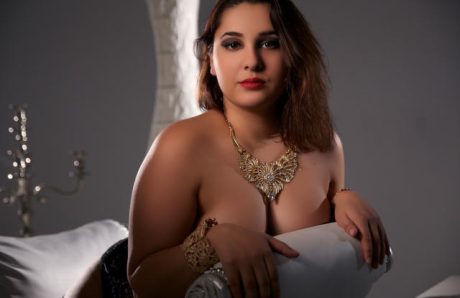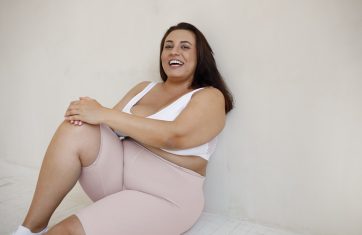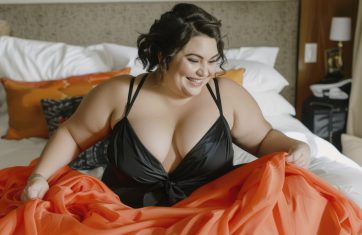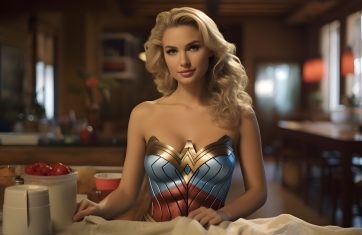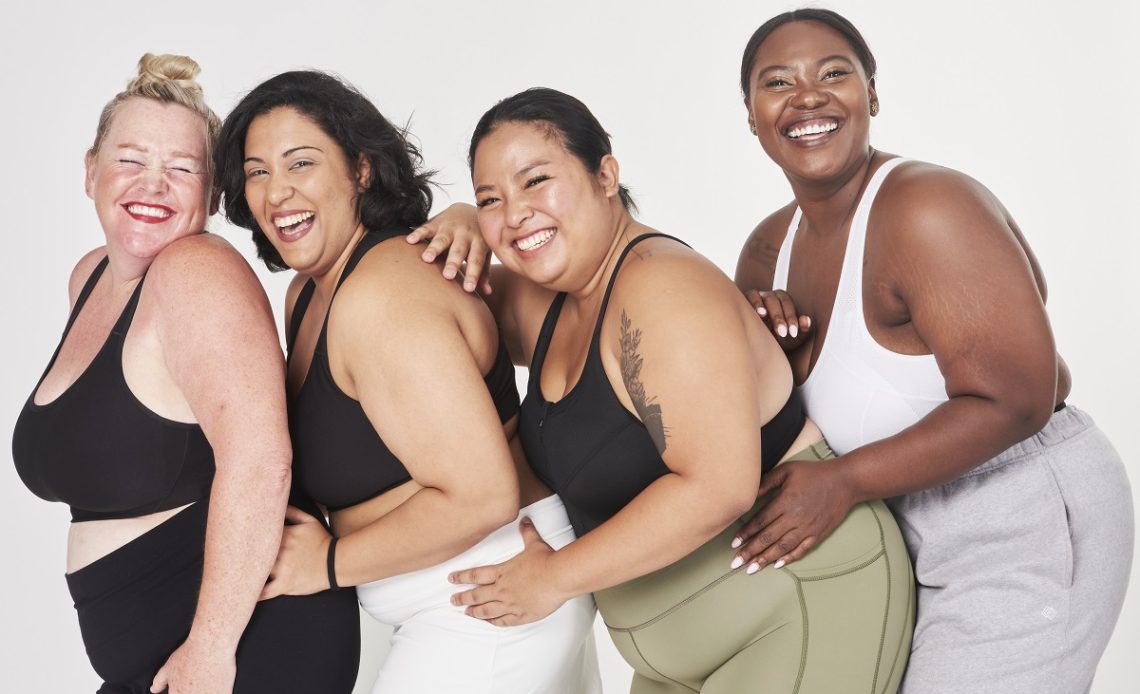
Long confined to the margins of beauty standards, curvy women are now shaking up established codes of desire. Now more visible, they are taking center stage and benefiting from the exposure offered by the new curvaceous stars.
Are they on the way to becoming the new icons of seduction, marking a genuine paradigm shift or simply an adaptation to trends? This text explores this evolution.
The social pressure of the “ideal” body
For decades, the media, cinema and advertising have imposed a highly standardized model of beauty – thin, even wiry. By focusing on this single representation, society has conveyed the idea that anything less is less desirable. For a long time, it was difficult for many curvy women to accept themselves and even feel desirable.
Indeed, many curvy women came to feel rejected and too much. This restrictive norm fuelled complexes and insecurities, reinforcing the idea that desire was inseparable from a stereotyped figure. Yet it’s crucial to emphasize that desire is not limited to a slim criterion, and that many people are deeply attracted to generous body shapes. Today, these ideas are tending to disappear with the emergence of curvaceous women who take responsibility for themselves, and arouse desire in many people.
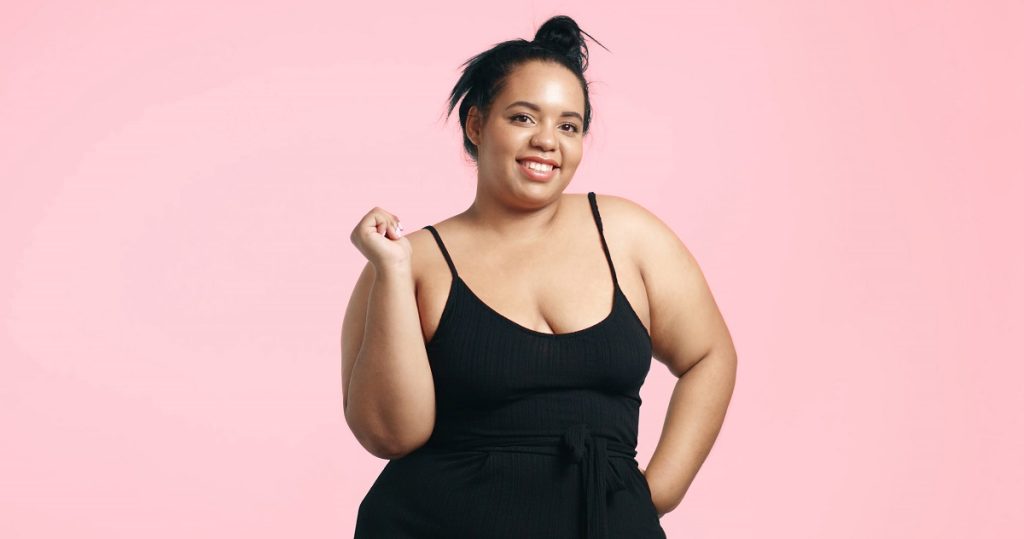
Desire doesn’t follow specifications
Desire is by nature subjective and complex, far beyond simple physical criteria. To think that a woman must correspond to a specific size in order to be desired is to deny the diversity of human desires. In reality, each individual builds his or her attraction on a multitude of factors, including personality, intelligence, humor, sensuality and self-confidence.
But it should also be noted that for some, desire is also the fruit of a singular physical aspect in which curves play a predominant role. Beauty and desire are revealed precisely in this diversity of shapes and expressions. A slim body is not systematically more erotic than a fuller one, nor is a slim woman more desirable than a curvaceous one.
The importance of media representation
This stereotype has long persisted due to limited media representation. Indeed, until a few years ago, it was rare to see films, series or advertisements featuring generously-shaped women presented as icons of desire and seduction. In recent years, however, there has been a noticeable change, with more and more curvaceous women appearing in advertisements, films, TV series and magazines. This is helping to normalize and valorize varied silhouettes, offering more inclusive models of identification and encouraging a broader vision of beauty and desire.
Prejudice against female pleasure
Female sexuality has long been ignored. Round women, in particular, were often deprived of their desirable dimension. Indeed, stereotypes can imply that their bodies are less suitable for pleasure or less sexually desirable, ideas that are detrimental to personal fulfillment and self-confidence.
Yet curvy women have the right and capacity to experience pleasure, and they can give it too. Generally accused of being less athletic, dynamic or supple, it’s essential to remember that intimate pleasure isn’t reduced to physical gymnastics. Well-being, complicity with one’s partner and confidence in one’s own sensations play a far greater role than BMI.
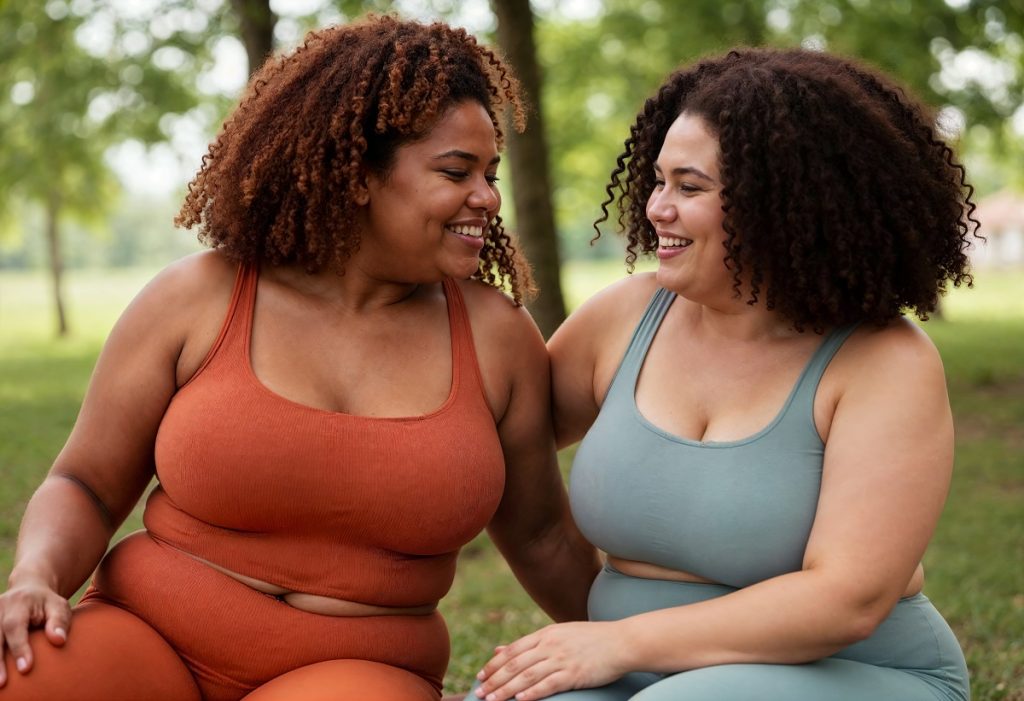
The fashion and seduction industry adapts
Faced with these changing attitudes and the growing demand for greater diversity, thefashion and seduction industry is beginning to adapt. Indeed, more and more brands are offering a variety of sizes, enabling curvy women to find sexy, comfortable pieces. This adaptation reinforces the idea that seduction is not the prerogative of a single morphology. The ability to dress according to one’s style and desires, without size constraints, is a fundamental step towards fulfilling one’s sexuality. Changing attitudes, and the growing appeal of curvaceous women, are forcing the industry to review its own principles and precepts.
The power of self-confidence
Self-confidence remains the most powerful key to desire and seduction. For many, assuming one’s curves can be a difficult journey, so strong are the stereotypes about thinness. However, a woman who feels good about herself exudes a sensual aura and has nothing to envy from a slimmer person. Over the years, movements such as body positivity and fat acceptance have enabled curvy women to reclaim their image. Daring to wear tight-fitting clothes, emphasizing their curves or asserting themselves in intimacy are all acts that embody a process of liberation. This attitude attracts and seduces, because it expresses a profound harmony between body and spirit.
Ultimately, society seems to be gradually becoming aware of the plurality of bodies and of the fact that desire is not limited to a single imposed model. This evolution, driven by better representation and growing self-confidence, confirms one essential thing: curvaceous women possess seductive potential. They also have a right to pleasure that is as legitimate and powerful as any other. Which ultimately contributes to a more inclusive and authentic vision of beauty and desire.




